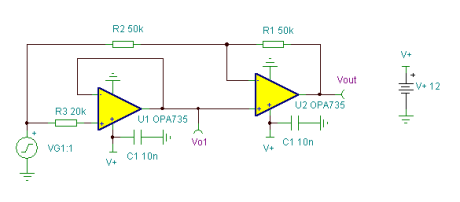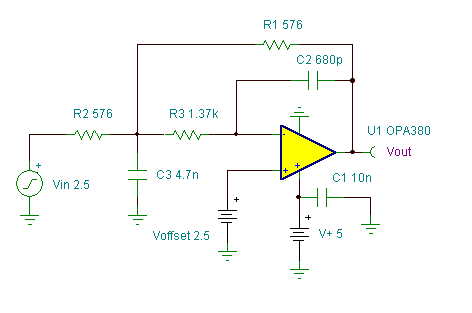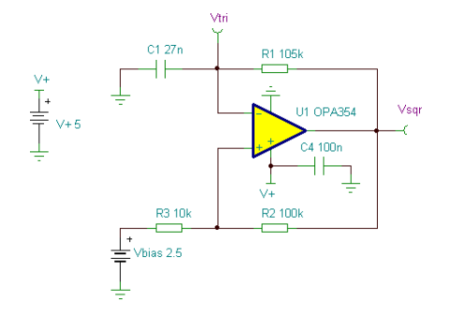High-Capacitance Line Driver
Capacitive loads invite amplifier instability by reducing phase margin. Instability can be prevented by isolating the load capacitance from the amplifier output by a small resistor R3. To eliminate a voltage drop error when current is drawn through that resistor, DC feedback is sensed on the load side of R3. High- frequency feedback is provided by C2. The load capacitance was stepped from 100pF to 1uF and the results are shown below; no gain peaking is evident. Bypass capacitors are not shown. (Circuit is created by Neil P. Albaugh TI-Tucson)
High-Capacitance Line Driver circuit:
Online Simulation of the “High-Capacitance Line Driver” Circuit
The great feature of the TINA circuit simulator that you can analyze this circuit immediately with TINACloud the online version of TINA. Of course you can also run this circuit in the off-line version of TINA.
Click here to invoke TINACloud and analyze the circuit, or watch our tutorial video!
You can send this link to any TINACloud customers and they can immediatelly load it by a single click and then run using TINACloud.
Michael Koltai
www.tina.com





